Dromore West, Co Sligo, beef farmer Henry Judge saw a gap in the market 20 years ago.
Along with a group of other farmers, he set up the Dexter Cattle Society Republic of Ireland Group in the mid-1990s.
Breeding stock was sourced in the UK for importation into Ireland and it has grown since.
There are now some 180 breeders in the country and the miniature stock are highly sought after.
Speaking to the Irish Farmers Journal at the Mullagh Fair in Co Cavan last Sunday, Judge said he saw the opportunity of getting into Dexter as a way of boosting his profits.
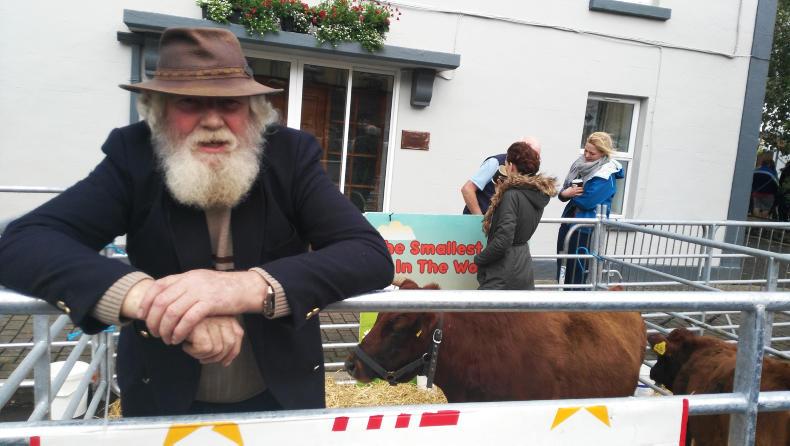
“I’ve been involved in the Dexter breed for ever so long and what really cemented it was that I joined REPS and the consultant told us all about rare breeds and Dexter, that was my introduction.”
Prior to getting into the Dexter breed, Judge had Charolais, Limousin and Hereford cattle.
Profitable market
Going from having stock weighing 700kg or 800kg, Judge now finishes stock with a mature weight of 200kg.
“The Dexter usually kill out at 15 or 18 months. They’re killed off grass only, no meal whatsoever and we usually kill them at 200kg,” Judge explained.
Judge finishes all his stock as steers with heifers sold as weanlings and the occasional bull kept for breeding.
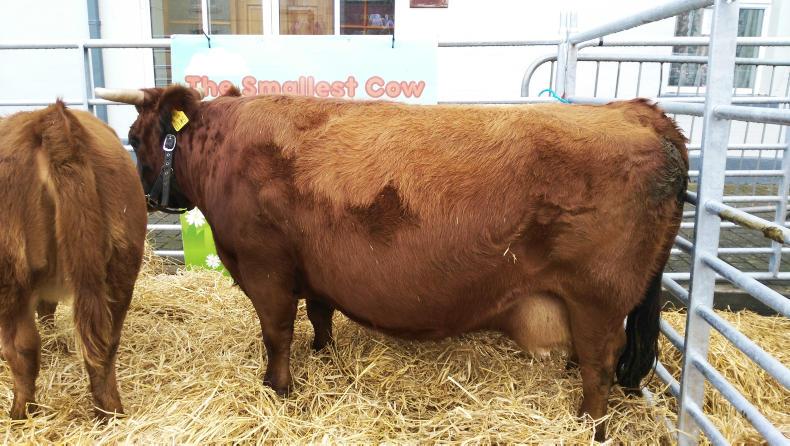
In recent years, Dexter beef has become very popular with retailers. The society has secured a strong and stable supply to Aldi through Pallas Foods, with ABP processing the cattle.
“The meat is highly sought after. There are quite a lot of places specialising in Dexter beef, but we are committed to one kill per year. This one kill is ran by Pallas Foods. Aldi has guaranteed us a two-year contract with a view, if it goes well, to a five-year contract,” he said.
And with that demand comes a premium price for the farmer.
“We are getting €5.50/kg, which compares very favourably to conventional beef,” Judge said.
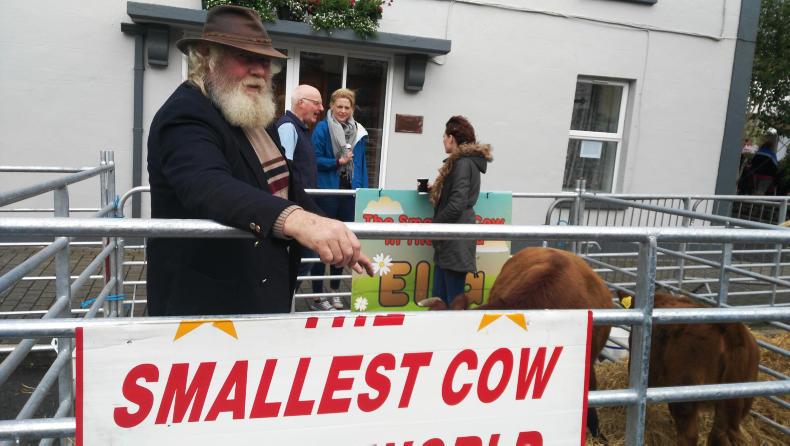
Calving ease
“It’s definitely a more profitable system (to conventional beef).
“The Dexter stock see the vet once a year and that’s for a TB test. Calving problems are never heard of in the Dexter, as their pelvis is the same size of that of a conventional cow, so the little calf falls out of them.
“They’re a hardy breed and the calf is up and sucking within two minutes of being born,” he said.
Demand
Judge shot to fame in 2014 when his cow Ella was classed as the world’s smallest cow.
Ella measures just 31in (78cm) high. Small enough “to walk under the kitchen table,” Judge said.
This has helped drive interest and demand for the breed. Judge said there is a six-year waiting list for pedigree Dexter heifers from him and he urged anyone interested in buying stock to make sure that the animal has the correct pedigree papers.
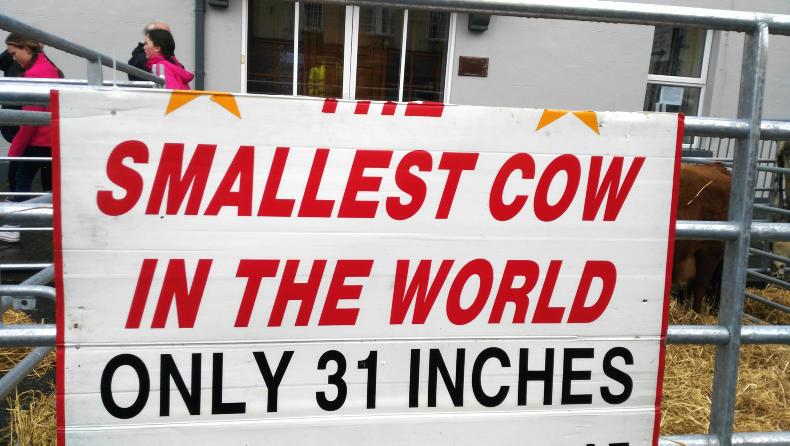
Read more
Livestock farming in the early 20th century
My farming week: James Vance, Ballintra, Co Donegal
Dromore West, Co Sligo, beef farmer Henry Judge saw a gap in the market 20 years ago.
Along with a group of other farmers, he set up the Dexter Cattle Society Republic of Ireland Group in the mid-1990s.
Breeding stock was sourced in the UK for importation into Ireland and it has grown since.
There are now some 180 breeders in the country and the miniature stock are highly sought after.
Speaking to the Irish Farmers Journal at the Mullagh Fair in Co Cavan last Sunday, Judge said he saw the opportunity of getting into Dexter as a way of boosting his profits.

“I’ve been involved in the Dexter breed for ever so long and what really cemented it was that I joined REPS and the consultant told us all about rare breeds and Dexter, that was my introduction.”
Prior to getting into the Dexter breed, Judge had Charolais, Limousin and Hereford cattle.
Profitable market
Going from having stock weighing 700kg or 800kg, Judge now finishes stock with a mature weight of 200kg.
“The Dexter usually kill out at 15 or 18 months. They’re killed off grass only, no meal whatsoever and we usually kill them at 200kg,” Judge explained.
Judge finishes all his stock as steers with heifers sold as weanlings and the occasional bull kept for breeding.

In recent years, Dexter beef has become very popular with retailers. The society has secured a strong and stable supply to Aldi through Pallas Foods, with ABP processing the cattle.
“The meat is highly sought after. There are quite a lot of places specialising in Dexter beef, but we are committed to one kill per year. This one kill is ran by Pallas Foods. Aldi has guaranteed us a two-year contract with a view, if it goes well, to a five-year contract,” he said.
And with that demand comes a premium price for the farmer.
“We are getting €5.50/kg, which compares very favourably to conventional beef,” Judge said.

Calving ease
“It’s definitely a more profitable system (to conventional beef).
“The Dexter stock see the vet once a year and that’s for a TB test. Calving problems are never heard of in the Dexter, as their pelvis is the same size of that of a conventional cow, so the little calf falls out of them.
“They’re a hardy breed and the calf is up and sucking within two minutes of being born,” he said.
Demand
Judge shot to fame in 2014 when his cow Ella was classed as the world’s smallest cow.
Ella measures just 31in (78cm) high. Small enough “to walk under the kitchen table,” Judge said.
This has helped drive interest and demand for the breed. Judge said there is a six-year waiting list for pedigree Dexter heifers from him and he urged anyone interested in buying stock to make sure that the animal has the correct pedigree papers.

Read more
Livestock farming in the early 20th century
My farming week: James Vance, Ballintra, Co Donegal










 This is a subscriber-only article
This is a subscriber-only article








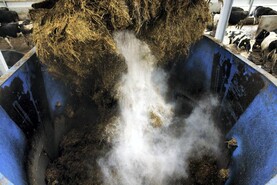



SHARING OPTIONS: